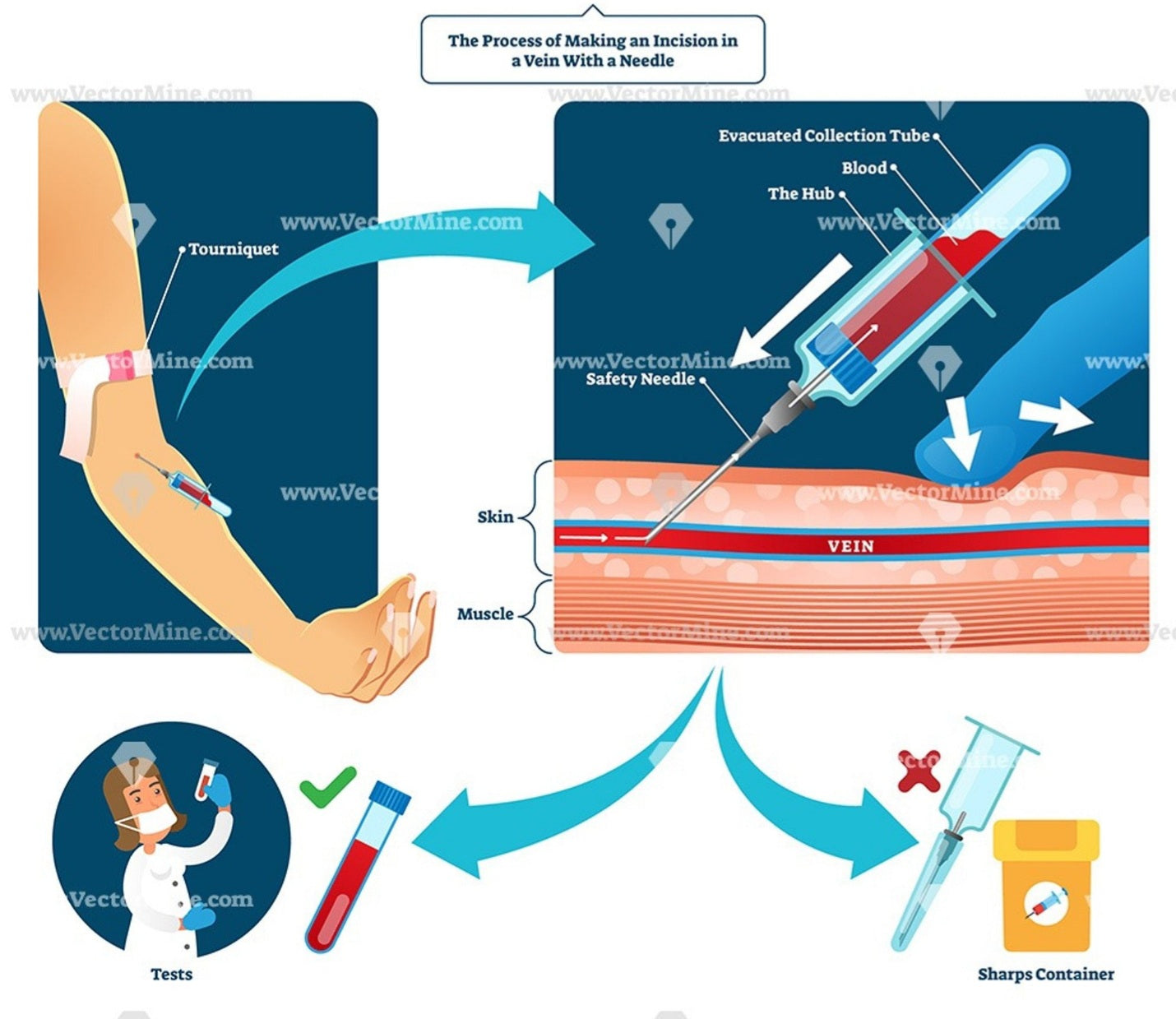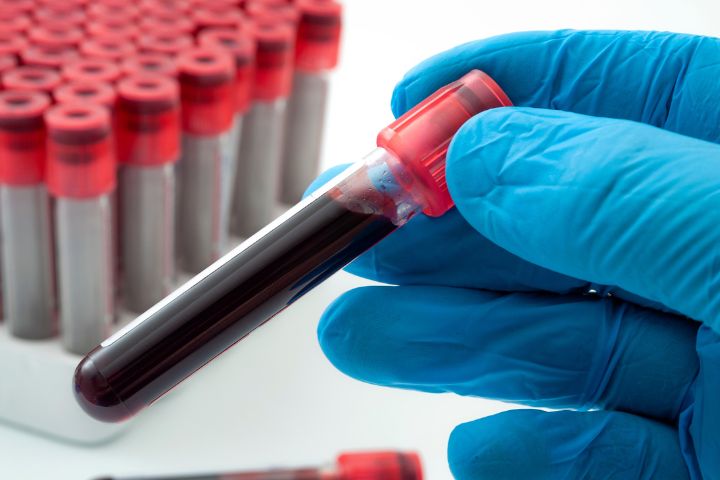The 9-Minute Rule for Northeast Medical Institute - New Haven Campus Phlebotomy Course & Cna Class
The 9-Minute Rule for Northeast Medical Institute - New Haven Campus Phlebotomy Course & Cna Class
Blog Article
The 5-Minute Rule for Northeast Medical Institute - New Haven Campus Phlebotomy Course & Cna Class
Table of ContentsNortheast Medical Institute - New Haven Campus Phlebotomy Course & Cna Class Things To Know Before You BuyExcitement About Northeast Medical Institute - New Haven Campus Phlebotomy Course & Cna ClassNortheast Medical Institute - New Haven Campus Phlebotomy Course & Cna Class Fundamentals ExplainedNot known Details About Northeast Medical Institute - New Haven Campus Phlebotomy Course & Cna Class Northeast Medical Institute - New Haven Campus Phlebotomy Course & Cna Class Things To Know Before You Get This5 Easy Facts About Northeast Medical Institute - New Haven Campus Phlebotomy Course & Cna Class Shown
The usage of such gadgets need to be come with by various other infection prevention and control techniques, and training in their usage.For settings with low resources, cost is a driving aspect in procurement of safety-engineered gadgets - CNA Training. Where safety-engineered devices are not offered, skilled usage of a needle and syringe serves. Unintentional exposure and particular details regarding a case need to be taped in a register. Assistance solutions need to be promoted for those who undertake unintentional exposure.
One of the vital pens of quality of treatment in phlebotomy is the involvement and teamwork of the patient; this is mutually helpful to both the wellness worker and the person. Clear information either composed or verbal need to be readily available to each person who undergoes phlebotomy. Annex F provides sample text for describing the blood-sampling procedure to a person. In the blood-sampling area for an outpatient department or clinic, provide a comfy reclining sofa with an arm rest.
The Best Guide To Northeast Medical Institute - New Haven Campus Phlebotomy Course & Cna Class
Ensure that the indications for blood sampling are plainly defined, either in a written method or in recorded instructions (e.g. in a lab form). Gather all the tools needed for the procedure and area it within secure and easy reach on a tray or cart, making certain that all the things are clearly noticeable.
Where the patient is grown-up and mindful, comply with the steps laid out listed below. Introduce on your own to the person, and ask the patient to specify their complete name. Examine that the lab kind matches the patient's identity (i.e. match the individual's information with the research laboratory kind, to make certain precise recognition). Ask whether the license has allergic reactions, fears or has ever fainted during previous injections or blood draws.
Make the individual comfy in a supine placement (if feasible). Location a clean paper or towel under the individual's arm. Review the examination to be performed (see Annex F) and obtain verbal authorization. The patient has a right to refuse a test any time prior to the blood tasting, so it is essential to make sure that the client has actually understood the procedure.
The Basic Principles Of Northeast Medical Institute - New Haven Campus Phlebotomy Course & Cna Class
Prolong the patient's arm and check the antecubital fossa or forearm. Locate a capillary of an excellent size that shows up, straight and clear. The diagram in Area 2.3, shows typical settings of the vessels, yet lots of variants are possible. The average cubital capillary lies between muscles and is normally one of the most very easy to puncture.
DO NOT put the needle where veins are drawing away, because this enhances the chance of a haematoma. Locating the capillary will assist in figuring out the right size of needle.
Specimens from central lines bring a danger of contamination or wrong laboratory test outcomes. It is acceptable, yet not optimal, to attract blood specimens when first introducing an in-dwelling venous tool, before attaching the cannula to the intravenous liquids.
The Best Guide To Northeast Medical Institute - New Haven Campus Phlebotomy Course & Cna Class
Failing to permit adequate call time boosts the risk of contamination. DO NOT touch the cleansed website; in specific, DO NOT position a finger over the blood vessel to assist the shaft of the revealed needle.
Ask the patient to form a fist so the blood vessels are more noticeable. Get in the vein quickly at a 30 degree angle or much less, and proceed to present the needle along the vein at the most convenient angle of access great site - PCT Training. Once adequate blood has been accumulated, release the tourniquet prior to taking out the needle
About Northeast Medical Institute - New Haven Campus Phlebotomy Course & Cna Class
Take out the needle delicately and use gentle pressure to the site with a clean gauze or dry cotton-wool ball. Ask the individual to hold the gauze or cotton wool in position, with the arm prolonged and raised. Ask the person NOT to bend the arm, because doing so causes a haematoma.

All about Northeast Medical Institute - New Haven Campus Phlebotomy Course & Cna Class
Do not press the syringe bettor because additional stress enhances the danger of haemolysis. Where possible, keep televisions in a rack and move the shelf in the direction of you. Infuse downwards right into the proper coloured stopper. DO NOT eliminate the stopper due to the fact that it will certainly release the vacuum cleaner. If the sample tube does not have a rubber stopper, infuse incredibly gradually into the tube as minimizing the stress and velocity used to move the specimen minimizes the risk of haemolysis.

Report this page